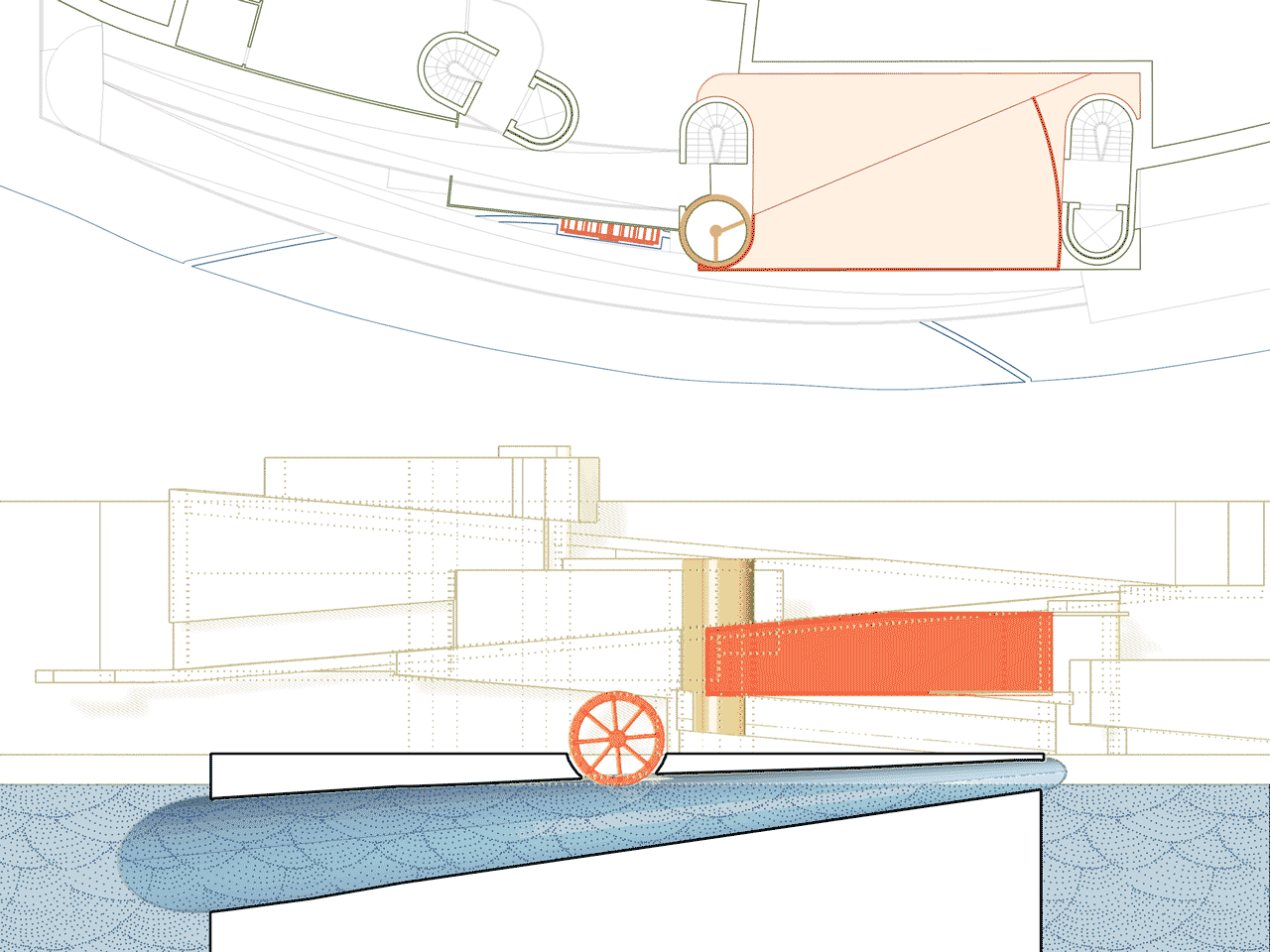
Fori Di H2O, translating to water forums, aims to reconnect the urban fabric of Rome with the Tiber River through spaces for inquiry. Our intervention includes a research lab, museums, and a public forum.
Our project is a prototype for how the modern city can engage with water. In a time of precarious ecology, urban environments need to confront their role in the natural environment. Our project discusses this by creating a scientific lab to study the contents of the Tiber water and spreading this knowledge to the plazas integrated in the city.
Instead of attempting to control water, Fori di H2O encourages coexistence. Our interventions direct people throughout the city to water, whether it’s water from aqueducts, the Tiber river, or rainwater. By carving into piazzas, we can peek into the layers hidden below the ground and question what is the “normal” ground of a city. We’re encouraging social inquiry into the relations between water and the city.
While Fori D’acqua is very specific to Rome, it can be seen as a prototype for any city. Our intervention is a kit of parts that can be adapted for sites anywhere. These exhibition modules allow for information to be shared with the public promoting inquiry increasing the base level of knowledge that people have of the water around them. By encouraging people to engage with water physically, politically, scientifically, and socially, any city can remediate its relation to water.
![]()
Our project is a prototype for how the modern city can engage with water. In a time of precarious ecology, urban environments need to confront their role in the natural environment. Our project discusses this by creating a scientific lab to study the contents of the Tiber water and spreading this knowledge to the plazas integrated in the city.
Instead of attempting to control water, Fori di H2O encourages coexistence. Our interventions direct people throughout the city to water, whether it’s water from aqueducts, the Tiber river, or rainwater. By carving into piazzas, we can peek into the layers hidden below the ground and question what is the “normal” ground of a city. We’re encouraging social inquiry into the relations between water and the city.
While Fori D’acqua is very specific to Rome, it can be seen as a prototype for any city. Our intervention is a kit of parts that can be adapted for sites anywhere. These exhibition modules allow for information to be shared with the public promoting inquiry increasing the base level of knowledge that people have of the water around them. By encouraging people to engage with water physically, politically, scientifically, and socially, any city can remediate its relation to water.



We introduced a ramp that carves into the embankment walls and makes the river more accessible from the level of the city. Located on this ramp are the aforementioned Research lab and community action center. The information about the pollution, flooding, and/or history of the river that is discovered by the lab would be spread to both the local community and tourists through the piazza fori. This translation of data to exhibition would be facilitated by the design lab. The public forum encourages action on the right to clean free drinking water or the remediation of pollution in the Tiber, or any other issue that arises as the world shifts and changes.












